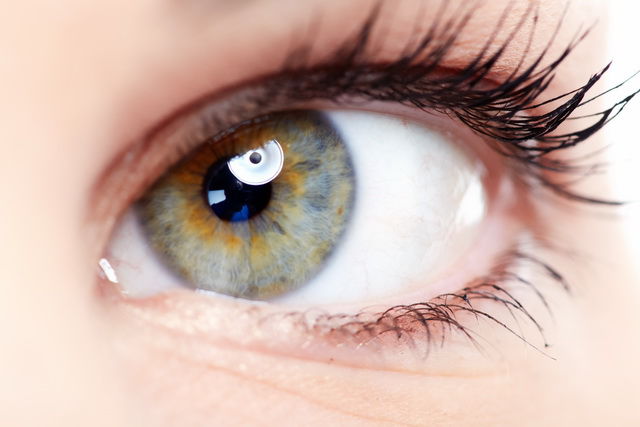Your eye may be small, but it is one of the most sophisticated creations of any part of your body. The structure of your eye is absolutely amazing. That such intricate detail is able to be absorbed, processed, and turned into visual images in your brain is a true wonder.
While your eye is truly amazing, there are issues that can arise related to it. In fact, there are a number of chronic eye conditions that occur each year in Australia which require medical care. One of these is the detached retina, which can be a very serious condition, depriving you of your ability to see.
What Is a Detached Retina?
If you have not heard this term before, a detached retina is an emergency situation that occurs when the retinal cells located at the back of the eye detach. These cells are essential, as layers of blood vessels are attached to them which provide oxygen and nourish the eye. When this is no longer attached, it can affect your vision, maybe even permanently.
Why Does a Detached Retina Occur?
The challenging part about a detached retina is that you may do nothing to cause this to occur. In fact, one of the primary reasons why retinal detachment occurs is simply due to aging. Over time, the vitreous in your I may change in texture and shrink. This shrinkage can pull the retina and cause it to tear. If you are a person who has had an eye injury, eye surgery, or suffers from near-sightedness, then this probability of occurring becomes even greater.
However, this is not the only reason that a person could have a detached retina. Those suffering from a diabetic condition are known to get tractional retinal detachment as a more likely possibility. The diabetes causes the blood vessels to become damaged and start. As the scars get bigger, it pulls the retina away from the back of the eye, causing it to detach.
In one case, known as exudative retinal detachment, fluid can build up behind the retina. While there are not any tears or breaks that occur, this fluid can push the retina away from the back of the eye. This causes it to detach as well.
What Can You Do?
For some, one of the biggest factors that leads to this becoming a chronic condition is that they simply do not recognize that there is a problem. You need to watch for specific symptoms that tell you that you may have an issue with your retina. One of the most common ones is when tiny specks seem to drift through your field of vision. These are called “floaters,” and are an indicator that you may have a detached retina.
If your vision is increasingly becoming blurred or you are beginning to see flashes of light in either one or both eyes, you may have a detached retina. Your peripheral vision may suddenly decrease, or you may find that a shadow begins to appear over your vision. These are all clear-cut signs of a retinal detachment, and you need to see a physician right away.
Retinal detachment can be a serious condition, but you can prevent this from becoming a chronic or permanent one by seeing your doctor if you have concerns to get your eyes checked asap.
